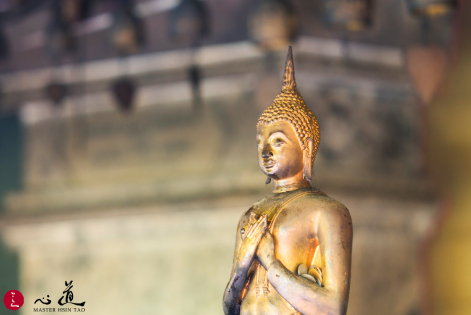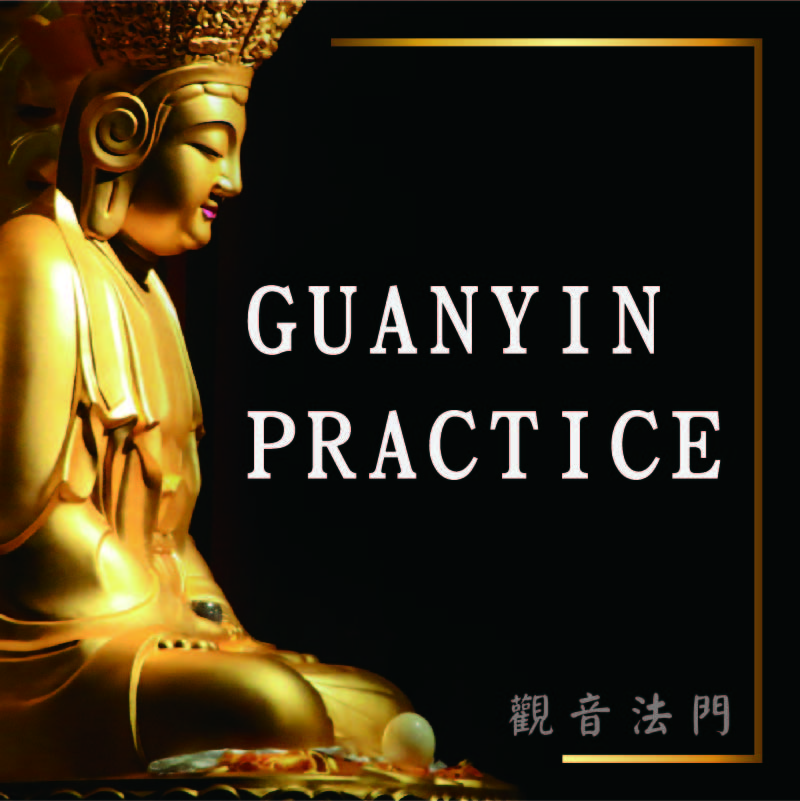
Triyana, Nonsectarianism
 Every year at the Water, Land, Air Dharma Assembly, Ling Jiou Mountain (LJM) would invite bhikkhus of the Theravadan tradition to recite the Pali sutras. As well, rinpoches and monks of the Tibetan tradition are invited to perform specific rituals. Here at the Dharma Assembly, we are seeing joint efforts of non-sectarian traditions to pray for mankind and world peace. By sharing the wisdom, the bond among Buddhist groups would become stronger and make the wish for world peace more powerful.
Every year at the Water, Land, Air Dharma Assembly, Ling Jiou Mountain (LJM) would invite bhikkhus of the Theravadan tradition to recite the Pali sutras. As well, rinpoches and monks of the Tibetan tradition are invited to perform specific rituals. Here at the Dharma Assembly, we are seeing joint efforts of non-sectarian traditions to pray for mankind and world peace. By sharing the wisdom, the bond among Buddhist groups would become stronger and make the wish for world peace more powerful.
 The Buddha’s teachings are encompassed in the Triyana. Buddhism was founded in the late 6th B.C.E. by Siddhartha Gautama. After he had attained enlightenment, he delivered the experiences widely for the benefit of sentient beings. That’s how Buddhism began to flourish in the world. Geographically, Buddhism spread northward and southward. Theravada became the dominant form of Buddhism in most of southeast Asia. Many southeastern countries still remain much of the traditions of the sangha rules and system of the Buddha’s time. This is called the Southern Theravada Buddhism or the Original Buddhism. Another route of Buddhism traveled northward to China, Tibet, and more. That's how Chinese Buddhism and Tibetan Buddhism became prevalent. So, this is how Southern Theravada Buddhism, Chinese Buddhism, and Tibetan Buddhism came to geographical divisions.
The Buddha’s teachings are encompassed in the Triyana. Buddhism was founded in the late 6th B.C.E. by Siddhartha Gautama. After he had attained enlightenment, he delivered the experiences widely for the benefit of sentient beings. That’s how Buddhism began to flourish in the world. Geographically, Buddhism spread northward and southward. Theravada became the dominant form of Buddhism in most of southeast Asia. Many southeastern countries still remain much of the traditions of the sangha rules and system of the Buddha’s time. This is called the Southern Theravada Buddhism or the Original Buddhism. Another route of Buddhism traveled northward to China, Tibet, and more. That's how Chinese Buddhism and Tibetan Buddhism became prevalent. So, this is how Southern Theravada Buddhism, Chinese Buddhism, and Tibetan Buddhism came to geographical divisions.
In Buddhism, the discourses of the Buddha are arranged into the three divisions of Sutta-Pitaka, Vinaya-Pitaka, and Abhidhamma-Pitaka. The Southern Theravada Buddhism emphasizes the Vinaya-Pitaka; Chinese Buddhism focuses on the Sutta-Pitaka, and Tibetan Buddhism stresses the study of shastras. In terms of application, Southern Theravada Buddhism focuses on disciplinary conducts in daily life; Chinese Buddhism emphasizes theories, views, and ethical disciplines; whereas Tibetan Buddhism centers around valid cognition, genuine practice, and ethical disciplines. Speaking of the goal of practice, Southern Theravada Buddhism aims for arhatship whereas Chinese Buddhism and Tibetan Buddhism stress the engendering of bodhicitta and the way of the bodhisattva. It is important to sow the bodhi seed of enlightenment for oneself and others.
 In terms of “yana", which refers to a mode of spirituality in Buddhism, there are three major divisions or modes of practices: Hinayana, Mahayana, and Vajrayana. These three are collectively termed, "Triyana”. No matter which region where Buddhism flourishes, Triyana has never changed from the beginning until today. Buddhism is holistic without contradictions. The seemingly different emphases on the teachings are intended for sentient beings with different capacities. After all, the essence of Buddhism is the same among different traditions or regions.
In terms of “yana", which refers to a mode of spirituality in Buddhism, there are three major divisions or modes of practices: Hinayana, Mahayana, and Vajrayana. These three are collectively termed, "Triyana”. No matter which region where Buddhism flourishes, Triyana has never changed from the beginning until today. Buddhism is holistic without contradictions. The seemingly different emphases on the teachings are intended for sentient beings with different capacities. After all, the essence of Buddhism is the same among different traditions or regions.
For the past three decades, LJM holds Triyana as our essence because it is Buddhayana, the one path that aims for Buddhahood. It is important to be inclusive of Triyana teachings. Each yana carries its purposes for different beings. When we embrace Triyana, different Buddhist traditions can come together to benefit sentient beings dynamically. This is the most important thing that Buddhism should offer nowadays.













